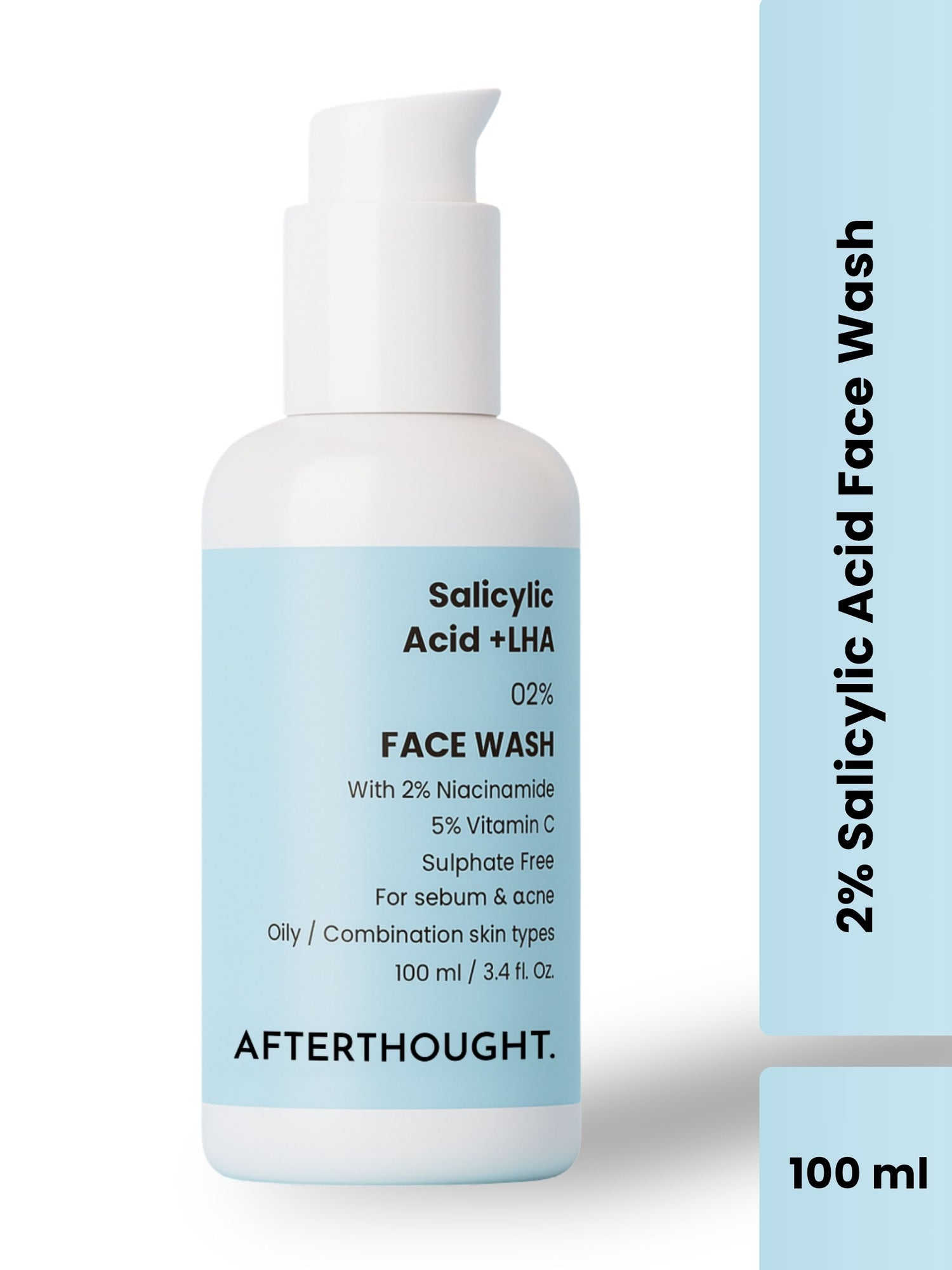Can You Whiten Sensitive Teeth?
Afterthought IndiaSensitive teeth can make it challenging to enjoy certain foods and beverages, and the thought of whitening them might seem daunting.
However, with the right approach, you can achieve a brighter smile without compromising comfort.
This article delves into whether it is possible to whiten sensitive teeth, and how to do so safely and effectively.
Understanding Tooth Sensitivity
Tooth sensitivity occurs when the enamel, the outer layer of the tooth, wears down, or the gums recede, exposing the underlying dentin. This dentin contains tiny tubes that lead to the nerve of the tooth. When exposed to hot, cold, sweet, or acidic substances, these tubes allow these triggers to reach the nerve, causing discomfort or pain.
Tooth sensitivity can be caused by a variety of factors, including:
- Aggressive brushing: Brushing too hard or using a hard-bristled toothbrush can wear down the enamel and cause gums to recede.
- Gum disease: Inflammation and infection of the gums can lead to receding gums, exposing the tooth roots.
- Tooth grinding (bruxism): Grinding or clenching your teeth can wear down the enamel.
- Tooth decay or broken teeth: Cavities and fractures can expose the dentin and lead to sensitivity.
Given these factors, it’s clear that any whitening method must be gentle and carefully chosen to avoid exacerbating the sensitivity.
Whitening Sensitive Teeth: Is It Possible?
Yes, it is possible to whiten sensitive teeth, but it requires a cautious and gradual approach. The key is to use methods that minimize irritation to the teeth and gums while still delivering effective whitening results.
Safe Whitening Methods for Sensitive Teeth
1. Whitening Toothpaste for Sensitive Teeth
Whitening toothpaste formulated for sensitive teeth contains ingredients like potassium nitrate or stannous fluoride, which help to desensitize the teeth by blocking the pathways to the nerves. These toothpastes are typically less abrasive and can gently remove surface stains over time.
It's important to note that results may be slower compared to more aggressive whitening treatments, but consistency will yield noticeable results without discomfort.
2. Whitening Strips Designed for Sensitive Teeth
Some whitening strips are specifically designed for those with sensitive teeth. These strips often contain lower concentrations of hydrogen peroxide, the active ingredient responsible for whitening. Additionally, they may include soothing ingredients like aloe vera or chamomile to calm the gums.
When using these strips, it's essential to follow the instructions carefully. Overuse or leaving the strips on for too long can still lead to irritation.
3. Professional In-Office Whitening
Visiting a dentist for professional whitening is one of the safest and most effective ways to whiten sensitive teeth. Dentists can tailor the treatment to your specific needs, using a lower concentration of whitening agents and protecting your gums with special barriers.
Additionally, your dentist can apply fluoride treatments to strengthen your enamel and reduce sensitivity both before and after the whitening procedure.
4. Custom-Fit Whitening Trays
Dentists can provide custom-made whitening trays that fit your teeth perfectly. These trays allow for even application of the whitening gel, reducing the risk of gum irritation. The gel used in custom trays is usually lower in concentration compared to over-the-counter options, making it safer for sensitive teeth.
With custom trays, you can control the whitening process, using the trays for shorter periods and gradually increasing the duration as your teeth adjust.
5. Desensitizing Gel Before Whitening
Applying a desensitizing gel before using any whitening product can help minimize discomfort. These gels typically contain ingredients like potassium nitrate or fluoride and work by calming the nerves in the teeth.
Using the gel as part of your pre-whitening routine can allow you to achieve whiter teeth without the usual sensitivity.
Tips for Managing Sensitivity During Whitening
- Start Slow: Begin with short whitening sessions and gradually increase the duration as your teeth adjust. This approach allows you to monitor how your teeth react and avoid sudden flare-ups of sensitivity.
- Use a Soft-Bristled Toothbrush: Brushing with a soft-bristled toothbrush reduces the risk of further enamel erosion and gum recession, both of which can exacerbate sensitivity.
- Rinse with Lukewarm Water: After whitening, rinse your mouth with lukewarm water instead of cold water. Cold water can trigger sensitivity, especially right after a whitening session.
- Avoid Acidic Foods and Drinks: Foods and beverages high in acidity can erode enamel and increase sensitivity. It's best to avoid these, especially during the whitening process.
- Use a Desensitizing Toothpaste Regularly: Incorporate desensitizing toothpaste into your daily routine to build up resistance to sensitivity. This can make the whitening process more comfortable over time.
When to See a Dentist
If you experience severe sensitivity or pain during the whitening process, it's important to consult with a dentist. They can assess the condition of your teeth and gums, and recommend the best course of action.
In some cases, alternative treatments such as bonding or veneers may be more appropriate for achieving a brighter smile without the risk of sensitivity.
Conclusion
Whitening sensitive teeth is entirely possible with the right approach. By choosing gentle whitening methods, being patient, and taking steps to manage sensitivity, you can achieve a brighter, more confident smile without discomfort.
Always consult with a dentist before starting any whitening treatment, especially if you have concerns about tooth sensitivity. With careful planning and professional guidance, you can enjoy the benefits of teeth whitening while keeping your teeth and gums healthy.
Also Read: What Toothpaste Whitens Your Teeth?

